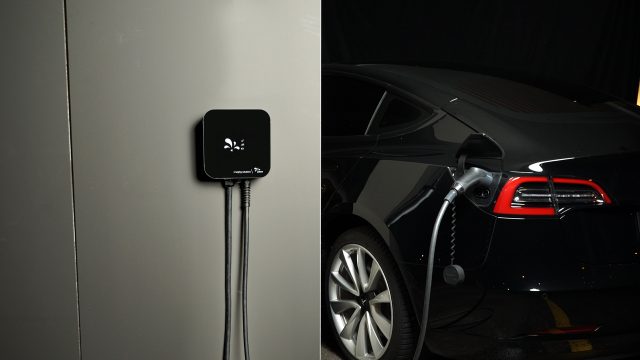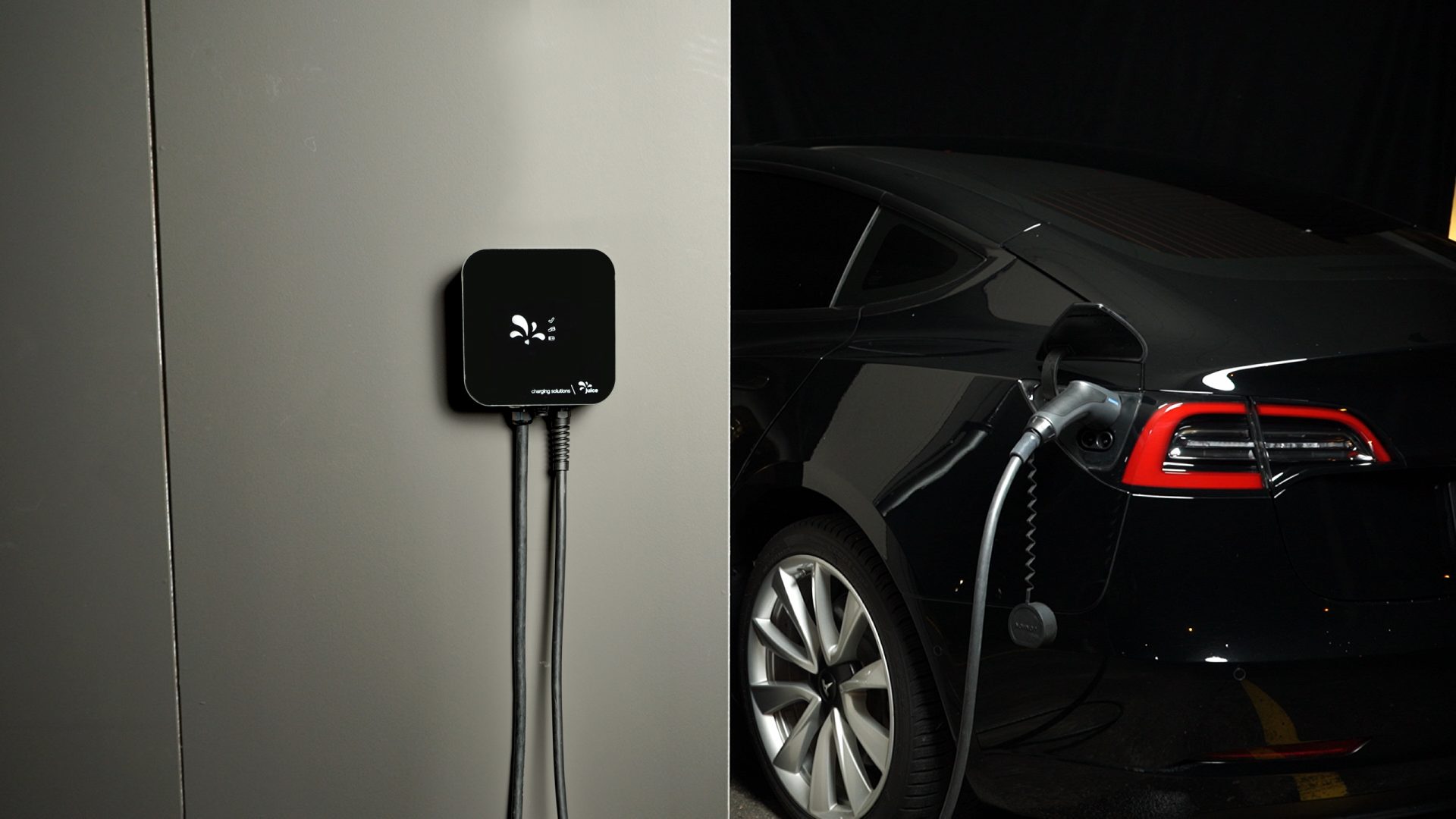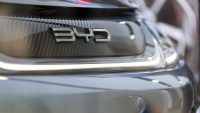When switching to an electric car, the questions automatically arises: ‘Where can I recharge, at what speed, and what do I need?’
Electricity is available everywhere, but often only in a limited form. The power offered by building meters is limited and it is often impossible to increase it, or if it is, it entails huge costs.
Nobody wants this, which is why there are a few things to consider before installing a personal charging station.
Christoph Erni, CEO and founder of Juice Technology, says there are five commonly made mistakes and has been speaking to Car Dealer about how to avoid them.
Here is what he had to say…
Cheap charging stations with basic functionality
When the product is cheap, electric car novices might be tempted to jump right in, but charging stations that only offer a basic functionality have limitations that need to be considered.
Such stations are not upgradeable, cannot keep up with future technology, and cannot adapt to the new needs of electric car owners. The hardware must be excellent, but it is the software that makes the difference: over-the-air updates are indispensable, as is the ability to connect to the network and have a remote control.
It goes without saying that if you buy cheap, you will buy twice.
Cheap housing
Many wall charging stations are made of highly flammable plastic, and most are not even splash-proof.
In addition to being a possible source of fire for the building, they also pose a danger to people’s lives, especially to workers cleaning garages with high-pressure water jets, for example.
Depending on the material, manufacturing, and confirmed protection class, outdoor use is also problematic. Therefore, the protection class IP54 should be fulfilled and high-quality materials such as UV-resistant polycarbonate glass should have been used by the manufacturer.
It is therefore necessary to pay attention to the standards observed and the certification from the testing and inspection institutes that offer guarantees in terms of product quality and safety, such as TÜV SÜD.
Lack of true load management
Electric cars use a lot of power during charging. A load management system is therefore advisable for a single charging point, and necessary for several charging stations.
Otherwise, sooner or later you run the risk of overloading the domestic connection, blowing a fuse, and causing a blackout.
What things need to be taken into account? The load management must be dynamic and remotely controllable by the energy provider, but also by the driver, who must be able to prioritise the charging of the car when necessary; furthermore, it must be infinitely scalable, and finally, cover all existing special cases and the specific characteristics of each situation so that the charging takes place safely.
Busbar or flat ribbon cable?
As many amperes as possible must be available for each parking space. Therefore, a recommended installation is a wall-mounted busbar, on which the cables can be safely laid and extended as required.
A common mistake is the supposed cost savings offered by ribbon cables in large car parks. These cables mean it is impossible to bring the maximum power to the parking spaces, however, and generate a lot of reactive power due to excessively thin conductors.
What started out cheaply leads to considerable additional costs after just one year due to unnecessary power losses. We therefore recommend the installation of a wall-mounted power rail, along which the cables can be run to the required length.
Activation and payment
The basic rule should always be ensuring the maximum flexibility for the user.
Billing through a rental model makes sense for the long-term users of a car park. In the case of visitor car parks, activation must be quick and easy for both the owner and the visitors, with billing possible via credit card, ApplePay, or GooglePay.
Almost everyone is able to use one of these means of payment. Billing via RFID or conventional recharge cards could be another alternative.
You can find out more about the Juice wall chargers here.



































